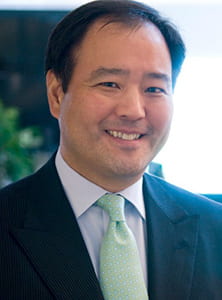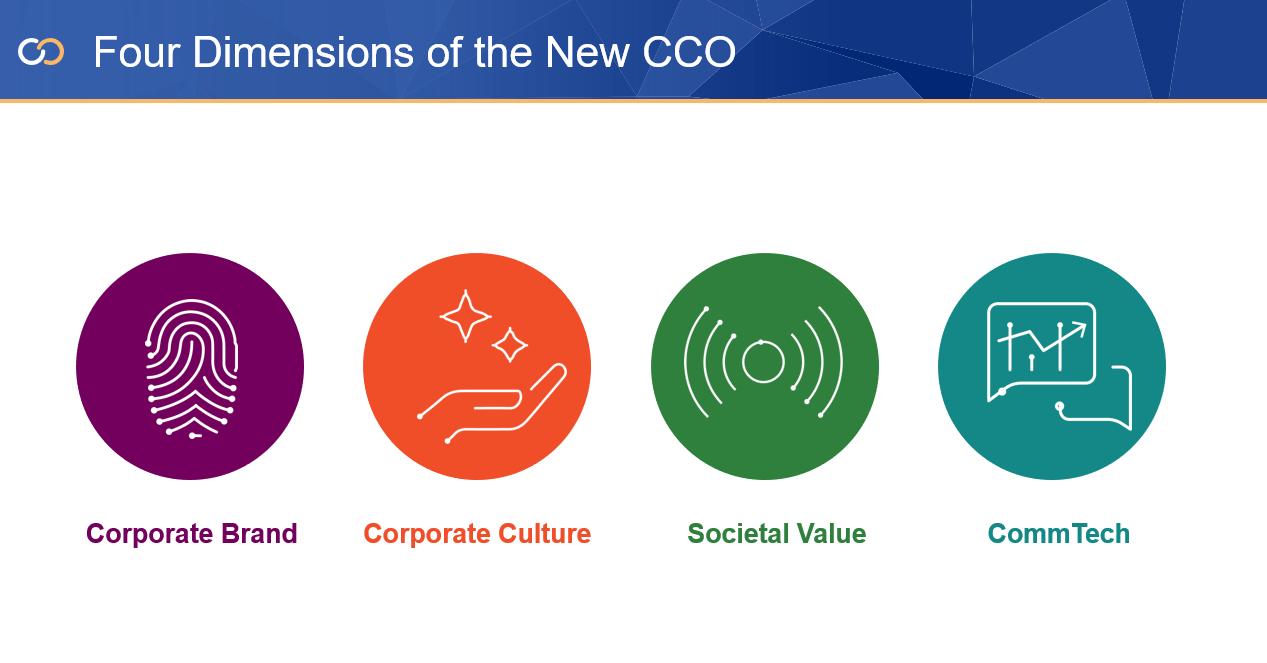 The realization is now setting in that the current Covid-19 crisis is accelerating the pace of digital transformation. I regularly turn to McKinsey for insights on what’s going on in the economy and organizational change.
The realization is now setting in that the current Covid-19 crisis is accelerating the pace of digital transformation. I regularly turn to McKinsey for insights on what’s going on in the economy and organizational change.
Here’s what they they are thinking: “The coronavirus pandemic is a humanitarian crisis that continues to take a tragic toll on people’s lives. There’s no denying it is also acting as a catalyst for change—economic, societal, personal, and corporate—on a scale not seen since wartime. The scale of the change and the speed at which it’s happening is shining a bright light on the fact that companies are facing a once-in-a-generation shift. And for all the uncertainty about what the future will look like, it’s clear already that it will be digital.”
So what are the implications of all of this us, as communicators?
What the research tells us about the role of communication in organizations
In our master’s program in organizational communication, we’ve been thinking a lot about how to prepare students for the coming challenges. And here, research conducted by the Page Society has helped us understand the business imperatives (and, yes, this applies to the nonprofit sector as well) that will shape the role of communication in the near future.
Over the past two years, Page talked with more than 200 senior communications leaders around the world and conducted a survey of 170 more. The results: The Chief Communication Officer (the CCO and her/his team) “is at the nexus of enterprise transformation, producing new demands and requirements that, when met, elevate the function to be more essential and strategic than ever before.”
 Leading the research effort was Jon Iwata, now an Executive Fellow at Yale School of Management, following his retirement from IBM in 2018, capping a 34-year career with the company as the chief marketing and communication officer. Jon reported to three IBM CEOs during two decades of significant transformation of the information technology industry, global business and geopolitics.
Leading the research effort was Jon Iwata, now an Executive Fellow at Yale School of Management, following his retirement from IBM in 2018, capping a 34-year career with the company as the chief marketing and communication officer. Jon reported to three IBM CEOs during two decades of significant transformation of the information technology industry, global business and geopolitics.
We’ve been very fortunate to have Jon share his perspectives on the research — most recently in a webcast with our community of students and faculty.
As leaders seek to find their way on the path to digital transformation, the research shows they are focusing on four areas where communication is absolutely critical:
- Communication technology
- Society value
- Corporate culture
- Brand stewardship
So let’s explore what this might mean for CCOs — and for all of us in whatever communication role we now play.

Leveraging commtech to engage with stakeholders
As organizations increasingly use data in all aspects of the enterprise, in how they make decisions, and engage all stakeholders, communicators will have to become more comfortable working with and interpreting data.
Many organizations have adopted communication technologies in recent years. But Jon Iwata argues that our focus has been on producing and distributing digital content. We’ve been too satisfied with sharing information: A “know something” versus a “do something” mentality.
Instead we need to focus more on influencing attitudes and behaviors “to a desired outcome or action.” And we can use these digital tools to engage a wide array of audiences: employees, prospective employees, opinion leaders, investors, partners, and citizens.
This is why we place such emphasis on both effective storytelling and communication assessment and the measurement of impact in our curriculum.
Creating societal value
The Page research also found that CCOs are helping to define what is means to be committed to societal value creation — and what that term really means in practice.
“Stakeholders increasingly expect businesses to create not only customer and shareholder value, but broader societal value, as well. These demands come not just from civil society activists, but also from customers, and increasingly, investors. The most vocal demands, however, are coming from employees, many of whom now make career decisions based on their opportunities to create meaningful, positive change in society” (Page, 2019, p.8)
While some larger companies have corporate responsibility departments, the notion of societal value creation is much broader and can apply to any business, regardless of size. And the Covid-19 crisis casting a brighter light on how corporate leaders have responded, and whether they have fulfilled commitments to their customers, employees, and the community at large.
As Byron Loflin, the global head of board engagement at Nasdaq, writes in Fast Company, “the resolution of this pandemic will not be adequate shelter to companies who remain focused solely on their shareholders. Importantly, COVID-19 has put a spotlight on the importance of employees, who are essential to the speed of a post-crisis recovery and long-term growth of their respective companies.”
Creating societal value, therefore, is no longer the purview of just the social responsibility department or the PR team — it becomes an important element in messages to all our audiences. This responsibility also underscores the importance of ethical communication and behavior.
Nurturing agile, innovative, engaged cultures
Edgar Schein, John Kotter, and many others have helped us understand organizational culture and how it influences and can be influenced by communication practices.
What the Page research discovered is that CEOs consistently place culture at the very top of their transformation agendas. You’ve probably heard the catch phrases: Culture needs to be more customer-center, innovative, agile, and inclusive in order for an organization to be competitive, to survive.
A culture, in short, that can support a “new business design requires the workforce to possess new skills, exhibit different behaviors and mindsets, and work in different ways. [Communication teams] are moving beyond traditional employee engagement practices, beyond storytelling and internal communications campaigns. They…are collaborating with the Chief Human Resources Officer and across the C-Suite to provide the reinforcement, rituals, training, tools and systems to enable the new culture” (Page, 2019, p. 7).
Our job is how to translate catch phrases into communication that measurably influences attitudes and behaviors.
Taking responsibility for brand stewardship
Traditionally, brand stewardship has been owned by the Chief Marketing Officer. Brand was identified with one stakeholder, the customer. We know, however, that a brand ‘lives’ in the minds and hearts of not only of customers, but also employees, investors, governments, and many others.
This, according to the Page research, “requires a multi-stakeholder perspective, an appreciation of the new drivers of reputation, an arm-in-arm linkage with the company’s culture initiatives and, in many cases, a fundamental rethinking of the meaning of the brand. CCOs are stepping up. And they are doing more than enforcing logo standards and communicating corporate ‘narratives’ – they are creating systems and tools to ensure that the actual experiences stakeholders have with their companies are consistently on brand” (Page, 2019, p. 7). Talk about a stretch!
The lifelong learning imperative
For communicators, the expanded scope of our role in commtech, culture, society value, and brand stewardship is both energizing and anxiety-producing. Change on the scale described by Jon Iwata and the Page research may make us wonder whether we’re up to the task.
Some of the skills I learned as a communicator in a ‘traditional’ insurance company over a 20+ year career can be considered foundational: storytelling, empathy, listening skills, relationship-building. But those competencies alone would not have prepared me to be an effective communicator in a digital enterprise, circa 2020.
Today, I have to be in a continuous learning mode. Whether we gain new knowledge and skills informally by staying in touch with thought and practice leaders, or by embarking on a structured learning experience, the point is that we have to unleash our curiosity.
If, for instance, you are intimidated by data (as I certainly was early in my career), there are free, on-demand resources available to you. The College of Professional Studies analytics faculty has assembled an excellent on-demand, self-paced program where you can learn about data-driven decision making. This is just one example. There’s no better time to become an active member of the Northeastern network of lifelong learners — and shift to a digital transformation mindset!
Posted by Carl Zangerl, Faculty
Reference:
The Page Society, The CCO as Pacesetter: What It Means, Why It Matters, How to Get There, 2019 — available on the Page website.